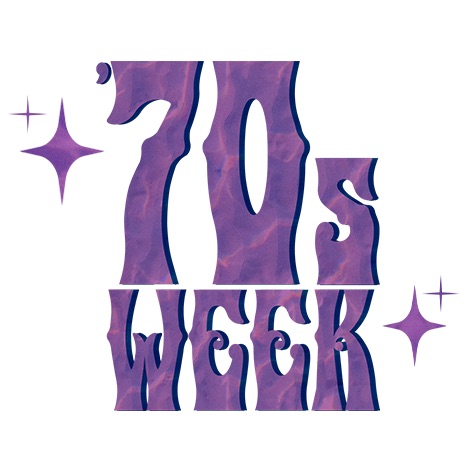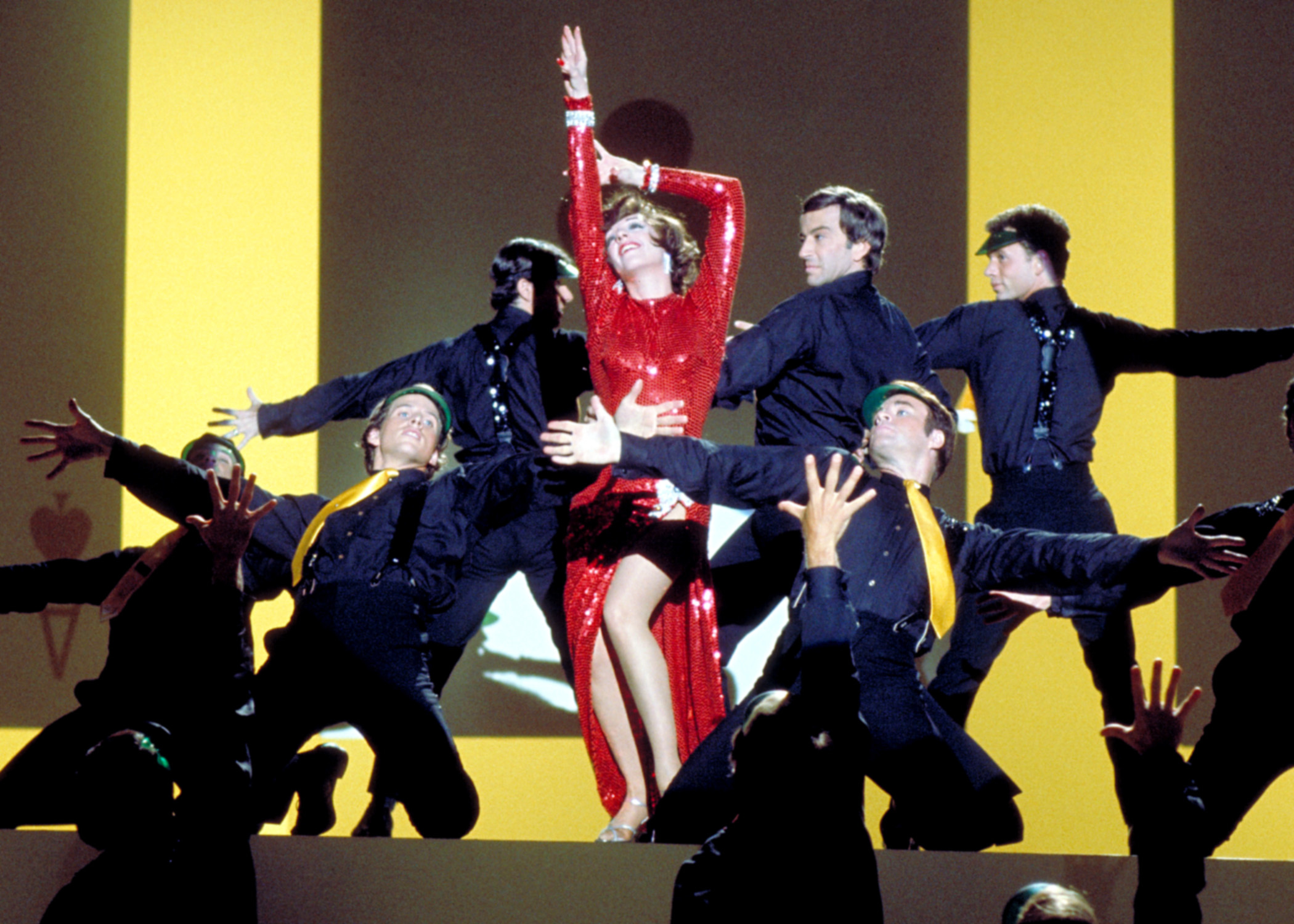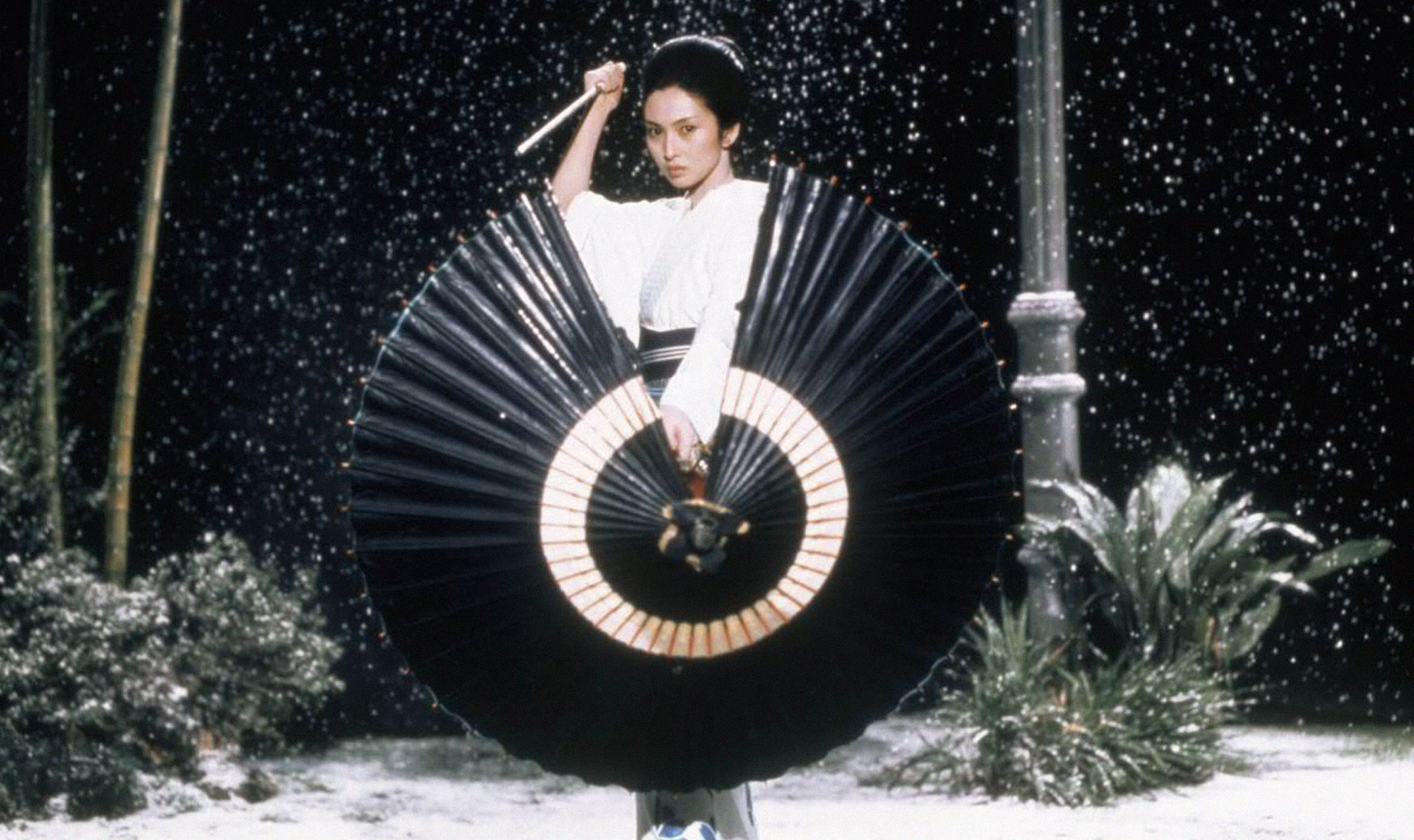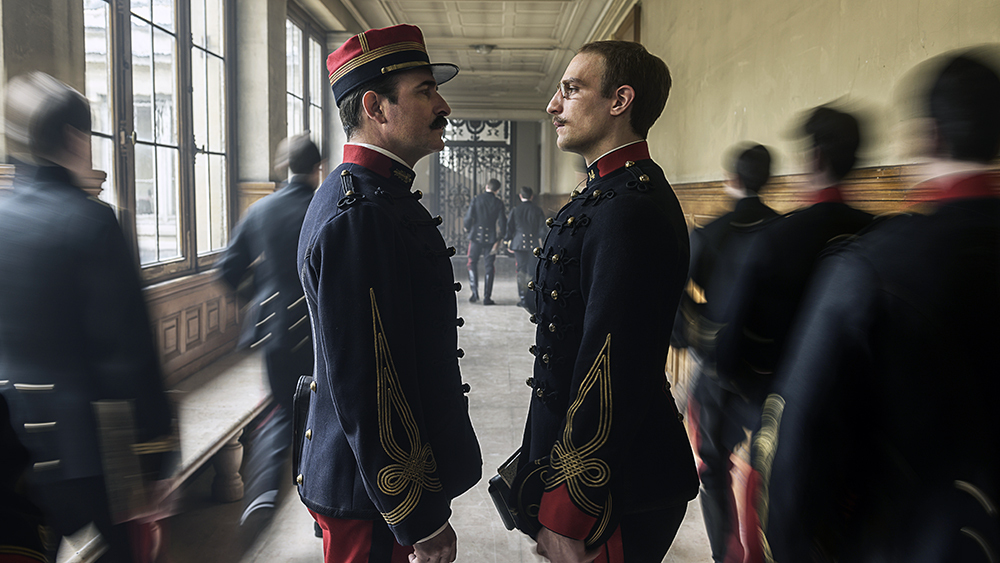
There’s a conventional wisdom when it comes to Martin Scorsese‘s 1977 musical “New York, New York” — largely exacerbated by the director himself — that it’s an experiment that didn’t quite come off, an unwieldy attempt to combine the Hollywood classicism Scorsese revered (that of Vincente Minnelli, George Cukor, and Stanley Donen) with the New Hollywood emphasis on improvisation and gritty authenticity that Marty had learned from his mentor John Cassavetes, and had applied to his previous three feature films (“Mean Streets,” “Alice Doesn’t Live Here Anymore,” and “Taxi Driver”).
The fact that the movie was a commercial disappointment when it came out didn’t help its reputation; the perception was that Scorsese had broken his winning streak the same way Steven Spielberg would break his own two years later with another old/new Hollywood mashup, “1941.” Like William Friedkin’s “Sorcerer,” another auteur passion project that opened the same week, “New York, New York” was pummeled at the box office by “Star Wars,” a movie directed by Scorsese’s friend George Lucas and widely credited and/or blamed for shifting Hollywood’s energies away from Scorsese and Friedkin’s brand of personal filmmaking and toward the blockbuster era of the 1980s and beyond.
Leaving aside the fact that “Star Wars” was every bit as personal to its maker as “Taxi Driver” was to Scorsese, there’s no denying that its massive success prompted the studios to lean into clear, straightforward mass entertainments and away from the morally ambiguous, tone-shifting high-wire acts favored by Scorsese and Friedkin. Ironically, Lucas’ wife Marcia left a job on “Star Wars” to edit “New York, New York,” seeing a lot more potential in Scorsese’s revisionist musical than in Lucas’ sci-fi swashbuckler.
Marcia Lucas’ preference for Scorsese’s film over her own husband’s is a source of humor in accounts of the era like Peter Biskind’s “Easy Riders, Raging Bulls,” but the fact is that she was right and those who disparaged “New York, New York” — including Scorsese — were wrong. The movie is a stone-cold masterpiece, the best American film of 1977, and one whose alleged faults are actually among its greatest virtues. It’s in the very tension between the smooth, elegant old-style craftsmanship the movie superficially replicates — and the roiling psychological turmoil of the dysfunctional couple verbally and physically thrashing each other — that “New York, New York” finds its power.

Right from the beginning, “New York, New York” poses challenges to the audience in its post-WWII story of lovestruck musicians (saxophonist Robert De Niro and singer Liza Minnelli) who can’t seem to make their relationship work. The movie opens with the kind of extended set piece so favored by New Hollywood directors (think of the weddings that occur at the beginnings of “The Godfather” and “The Deer Hunter”), as Scorsese spends most of the first act at a V-J Day celebration in a swanky nightclub. In a dazzlingly choreographed and structured series of interactions, De Niro’s Jimmy Doyle relentlessly pursues Minnelli’s Francine Evans, machine-gunning one pick-up line after another at her with minimal success.
The fast badinage between De Niro and Minnelli in this set piece makes it one of many sequences in “New York, New York” that really does recreate the qualities of the old studio system movies Scorsese is using as reference points; De Niro and Minnelli are as dextrous in their verbal delivery and as perfectly matched in their chemistry as Cary Grant and Rosalind Russell in “His Girl Friday,” or Gene Kelly and Debbie Reynolds in “Singin’ in the Rain,” and visually the sequence more than holds its own with the best of Liza’s dad, Vincente. That’s partly owed to the fact that Scorsese enlisted collaborators like “West Side Story” production designer Boris Leven and legendary MGM hair stylist Sydney Guilaroff, who weren’t just comfortable with the traditions Scorsese wanted to revive — they practically invented them.
Although De Niro and Minnelli don’t technically dance during the sequence, Scorsese so carefully times their retreats and advances to the sounds of the Tommy Dorsey Orchestra that their courtship feels like one impressively sustained musical number. The sheer pleasure Scorsese takes in the filmmaking and the pleasure De Niro and Minnelli take in their performances are infectious and achieve something interesting: they clearly establish why Jimmy and Francine would fall for each other even though, on a script level, we barely know them yet and they don’t seem to have anything in common. We’re swept into their romance on pure visual and aural energy.
Jimmy, to be honest, comes across as a bit terrifying in his intensity — he’s more of a stalker than a Prince Charming, and his wooing of Francine has more to do with brute persistence than courtship. This is the first indication that “New York, New York” isn’t going to go down smoothly in spite of its extremely satisfying and conventional pleasures; the opening plays like a glossy MGM star vehicle from an earlier era, but somehow Travis Bickle seems to have wandered on to the set. Roger Ebert once noted that Scorsese’s protagonists are often awkward outsiders who try too hard or are not sure what to say, and Jimmy Doyle definitely belongs to the former category; he doesn’t have a problem finding things to say, but he’s exhausting in his inability to know when to quit.
Doyle is the logical extension of the characters De Niro had been playing for Scorsese up until this point, combining the reckless exuberance of “Mean Streets” chatterbox Johnny Boy with the resentment and social gracelessness of Travis Bickle. What’s new, and what perhaps gives “New York, New York” a more autobiographical quality, is that Jimmy Doyle is an artist, and he can channel his neuroses into his music. The other thing that’s new is that he’s evenly matched with a woman who simultaneously sees through and is drawn to his nonsense — and who ultimately takes over the narrative to the point that even Doyle’s greatest artistic achievement becomes a song she performs better than he does, making it, and the movie, her own.

While De Niro being part of an evenly matched pair in a Scorsese movie was new, a strong female protagonist was not; right out of the gate, Scorsese was interested in interesting women, the perception of him as a director only focused on men and manly things so absurd as to be barely worth dignifying with a response. Yet since that canard persists (along with the notion that he’s mostly a gangster movie director in spite of crime films comprising less than a quarter of his filmography), it’s worth pointing out that even when Scorsese was making an ostensible exploitation film in 1972 with “Boxcar Bertha,” he still explored Barbara Hershey’s title character with the same sensitivity and attention to detail that he brought to any of his onscreen surrogates played by De Niro or Harvey Keitel.
While Scorsese’s pre-“New York, New York” output was more or less evenly split between male and female leads, it was always one or the other. There was Ellen Burstyn’s Oscar-winning turn in “Alice Doesn’t Live Here Anymore” or De Niro’s haunting and haunted sociopath in “Taxi Driver,” but never a truly shared dual point of view. “New York, New York” creates a genuinely complementary — or warring, depending on the scene — pair of opposites who attract. Jimmy is impulsive, frustrating, idiosyncratic, passionate, fearless, selfish; Francine is rock-solid, smart, considerate, calming, yet in her own way as insecure as Jimmy — or why would she even be with him?
She’s also a mainstream artist while Jimmy is a maverick, something that makes it tough for them to collaborate — and that explains why Scorsese was attracted to the tensions that proliferate between their characters throughout the film. That’s because Scorsese isn’t Jimmy Doyle, and he isn’t Francine Evans. He’s both: The maverick who also wants to be a popular artist. Scorsese saw “New York, New York” as an opportunity to test whether he could be both — whether a traditional form could be used as a vessel for a more honest look at relationships than the codified (and highly censored) studio system was capable of.
To hear Scorsese and producer Irwin Winkler tell it on the Blu-ray extras for “New York, New York,” at a certain point the movie got away from them and changed so much that the film they were shooting at the beginning of the schedule was no longer the same film at the end. Scorsese began by shooting the movie’s most extravagant musical number, “Happy Endings,” first. An awe-inspiring show-stopper that fully earns the comparisons it invites with “The Red Shoes” and “An American in Paris,” “Happy Endings” is a movie-within-the-movie in which Francine finds the kind of romance that eludes her in life. It’s bold, big, vibrant, and fun, and Scorsese and Winkler figured if they shot it first the studio would be so impressed they’d leave the filmmakers alone for the rest of production.

As Scorsese recalled, the problem with shooting “Happy Endings” first was that as the shoot progressed he, De Niro, and Minnelli started improvising and heavily rewriting, shifting the balance from the story’s more romantic aspects to its darker implications. What began as a love story between two creative people ended up being a movie about the impossibility of love between two creative people, and suddenly “Happy Endings” felt, to the people Scorsese showed rough cuts of the movie to and ultimately to Scorsese himself, gratuitous and inorganic — for Jimmy and Francine the idea of a happy ending, even as a fantasy sequence, was ludicrous.
For that reason Scorsese cut the sequence down for the movie’s initial theatrical release, and then took it out of the movie almost entirely for European audiences. For the first several years that “New York, New York” was in circulation, audiences were unaware of “Happy Endings” as Scorsese had initially shot it, if they were at all — something that seems odd now, because in 1981 the director restored the original version and that has existed as the definitive version of “New York, New York” in every subsequent home video release.
One of the many fascinating things about “New York, New York” is that it works with or without “Happy Endings,” though the version with the full number reinstated is the most satisfying incarnation. For decades it was the only way to see the movie, but earlier this year the boutique Blu-ray label Imprint put out an exquisite “New York, New York” boxed set containing both Scorsese’s preferred director’s cut and the truncated European release. To watch them both is to sense the panic that must have been afflicting the makers of “New York, New York” back in 1977 when they started to realize their movie was in trouble, because the shortened version — which theoretically was cut down with the intention of making it more palatable to mass audiences — is by far the less commercial of the two.
Without “Happy Endings,” the viewer is left with a melancholy meditation on the difficulty of reconciling work and love, and freedom and responsibility; when (spoiler alert) Francine and Jimmy fail to come together in the film’s final moments, it’s sad but inevitable, and we don’t really long for them to be together in any way — staying apart is the right move. It’s the right move in the longer version too, but “Happy Endings” provides an alternate universe in which Francine’s life is romantic and glamorous and all the things her life as a working single mom is not. We get the satisfactions of a big Hollywood climax without Scorsese having to betray the more honest story he’s telling to give it to us — and the climax of that more honest story is more bittersweet when juxtaposed with “Happy Endings.”
With the “Happy Endings” number intact, Scorsese has it both ways; “New York, New York” both celebrates and critiques the dream of Hollywood movies that remains elusive for Francine and Jimmy. It’s a dream that remained elusive for Scorsese too, in a different way; his dream was to become a Hollywood director, but as he points out in the “New York, New York” Blu-ray interview, by the time he actually got to Hollywood the dream factory as he envisioned it no longer existed.
“New York, New York” was both his most spectacular love letter to Hollywood and the movie where he learned he wasn’t a Hollywood director — at least until the early 1990s, when “GoodFellas” and a far more commercially successful attempt at telling the story of a contentious couple through an old-school genre tale, “Cape Fear,” firmly placed him at the top of the Hollywood pecking order where he belonged. Looking back on it now though, “New York, New York” is, in fact, not that far removed from classical Hollywood after all.
The best of the studio era’s directors — Minnelli, Sam Fuller, John Ford, Howard Hawks, and so on — were always skilled smugglers, artists who knew how to bend genres and formulas to their wills and could use them as vehicles for personal expression. Scorsese wasn’t even the first to make a downbeat, grim musical, as it had been done before in “A Star is Born” and “Love Me or Leave Me,” among others. With “New York, New York” he proved that he could be a Hollywood director in the best sense of the term, and he proved it again and again years later with films like “The Color of Money,” “Cape Fear,” and “The Departed” that seamlessly absorbed his preoccupations into escapist packages without compromising either Scorsese’s obsessions or the desires of the audience.
Unfortunately for Scorsese, when he did it the first time with “New York, New York” no one was interested. Fortunately for us, the movie’s “failure” sent him down a path of creative soul-searching that led him to go for broke with one of his greatest films, “Raging Bull.” But “New York, New York” isn’t an exception or a bump on the road between masterpieces — it belongs right where it sits on the filmography, between “Taxi Driver” and “Raging Bull” as part of the most consistent artistic streak in the history of American movies.
IndieWire’s ‘70s Week is presented by Bleecker Street’s “RELAY.” Riz Ahmed plays a world class “fixer” who specializes in brokering lucrative payoffs between corrupt corporations and the individuals who threaten their ruin. IndieWire calls “RELAY” “sharp, fun, and smartly entertaining from its first scene to its final twist, ‘RELAY’ is a modern paranoid thriller that harkens back to the genre’s ’70s heyday.” From director David Mackenzie (“Hell or High Water”) and also starring Lily James, in theaters August 22.
The deluxe Blu-ray edition of “New York, New York” is currently available from Imprint Films.



